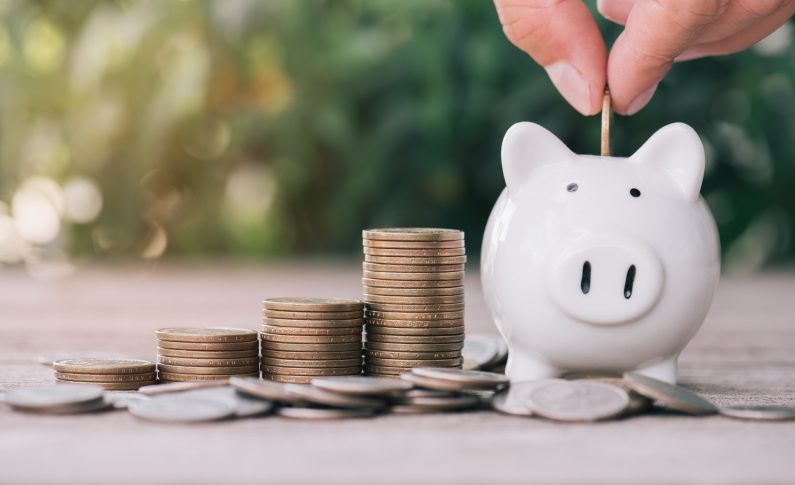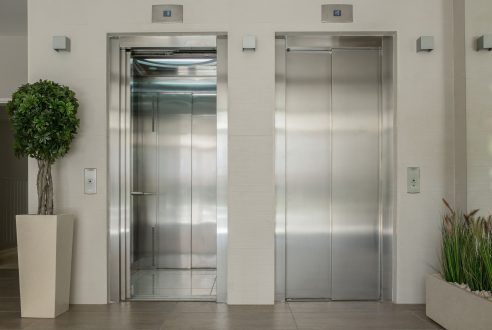Saving for a down payment is an important step in the process of becoming a homeowner. Having a high down payment may make a major difference in your mortgage terms and overall financial security, whether you’re a first-time buyer or want to upgrade to a new house. We will cover all you need to know about saving for a down payment, from setting goals to applying effective tactics, in this thorough guide. Let’s get started!
Assess Your Financial Situation
Before embarking on your down payment savings journey, it’s essential to assess your current financial situation. Evaluate your income, expenses, and existing debt to determine how much you can realistically save each month. Consider factors such as your monthly bills, living expenses, and any outstanding loans or credit card debt. This assessment will clearly show your financial capacity and help you set realistic saving goals.
Make a Savings Goal
 Once you’ve determined your financial condition, it’s time to create a savings target. Determine how much money you’ll need for a down payment depending on the price range of the properties you’re looking at. The typical rule of thumb is to save 20% of the buying price for a down payment. However, this may not be viable for everyone, and there are other solutions. To determine the best choice for you, research the minimum down payment requirements for various loan programs and talk with a mortgage consultant.
Once you’ve determined your financial condition, it’s time to create a savings target. Determine how much money you’ll need for a down payment depending on the price range of the properties you’re looking at. The typical rule of thumb is to save 20% of the buying price for a down payment. However, this may not be viable for everyone, and there are other solutions. To determine the best choice for you, research the minimum down payment requirements for various loan programs and talk with a mortgage consultant.
Create a Budget
Creating a budget is a fundamental aspect of saving for a down payment. Analyze your income and expenses to identify areas where you can cut back and save more. Track your spending habits and eliminate unnecessary expenses. Consider reallocating funds from discretionary categories such as entertainment and dining out towards your down payment savings. A well-planned budget will help you stay on track and ensure you’re consistently setting aside money for your goal.
Automate Your Savings
 Automating your savings is one of the most effective strategies to save for a down payment. Set up automatic transfers from your bank account to a savings account designated particularly for your down payment. This eliminates the temptation to spend money and guarantees that you save on a constant basis with no effort. To make consistent progress toward your savings target, aim to save a specific percentage or amount from each paycheck.
Automating your savings is one of the most effective strategies to save for a down payment. Set up automatic transfers from your bank account to a savings account designated particularly for your down payment. This eliminates the temptation to spend money and guarantees that you save on a constant basis with no effort. To make consistent progress toward your savings target, aim to save a specific percentage or amount from each paycheck.
Explore Down Payment Assistance Programs
In addition to personal savings, there are various down payment assistance programs available that can help you achieve your homeownership dreams. Research and explore programs offered by federal, state, and local government agencies, as well as non-profit organizations. These programs can provide financial assistance, grants, or low-interest loans specifically for down payment purposes. Consult with a mortgage professional to understand the eligibility criteria and requirements for these programs.
Increase Your Earnings
 Consider strategies to enhance your income if you want to accelerate your down payment funds. Investigate side hustle or part-time work options to augment your principal income. Freelancing, tutoring, and launching a small business are just a few examples of possible income boosters. You can also negotiate a raise or look for higher-paying work possibilities in your sector. The additional income might considerably boost your savings rate.
Consider strategies to enhance your income if you want to accelerate your down payment funds. Investigate side hustle or part-time work options to augment your principal income. Freelancing, tutoring, and launching a small business are just a few examples of possible income boosters. You can also negotiate a raise or look for higher-paying work possibilities in your sector. The additional income might considerably boost your savings rate.
Reduce Expenses and Debt
Another effective strategy for saving for a down payment is to reduce your expenses and pay down debt. Minimize unnecessary expenses and focus on essential needs. Consider refinancing high-interest debts to lower interest rates and monthly payments. Pay off credit card debt and avoid taking on new debt. By reducing your expenses and managing your debt responsibly, you’ll free up more money to put toward your down payment savings.



